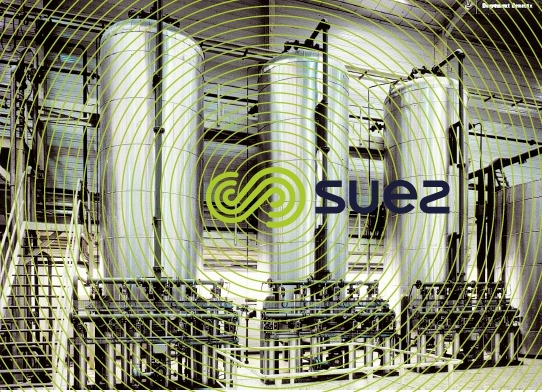special applications
Reading time:Water treatment is not the only area in which ion exchangers are used; they are a practical and efficient means of solving many chemical engineering problems.
The liquids to be treated can be aqueous or sometimes organic solutions. Some of the most common industrial applications are:
treatment of juices and sweet liquids
Softening : consists in replacing Ca2+ and Mg2+ ions by Na+ ions to avoid scaling in the evaporators. There are many such applications.
Partial or total demineralization : yielding very pure sugar or glucose syrups. Applied to grape must, this method can be used for producing liquid grape sugar.
Colour removal : can be used in combination with demineralization due to the high adsorption capabilities of properly selected anionic resins.
This process is carried out directly on adsorbent resins (see section main types of ion exchangers).
Ion replacement : Involving replacement of Na+ and K+ ions by Mg2+ions with lower molasses content (Quentin process).



dairies
Demineralisation and colour removal process applied to diluted or concentrated whey.
Milk acidification by contact with a strong acid cationic resin; this treatment is covered by a patented process for producing casein.
Soda removal : process designed to produce diet milk in which the Na+ ions contained in the milk are partially replaced by Ca2+ and Mg2+ ions attached to the resin; the resin is regenerated by a mixture of calcium and magnesium salts.
treatment of industrial effluents
The treatment consists in the recovery and/or concentration of valuable substances.
Chromic acid bath stabilisation: Used in continuous chromium plating, enabling prolonged use of the bath by retaining trivalent chromium and iron on a strongly acid cationic resin.
Hydrochloric pickling bath treatment: In this treatment, the bath becomes highly concentrated with iron, which weakens its activity. The ferric complex attaches itself on a strong base anionic resin, in the form of chloride, thereby allowing longer use of the bath. The complex attached onto the resin is eluted with water, producing a ferric chloride solution which can be sold or used after concentration by evaporation.
Hexavalent chromium recovery: Rinse water with a low sodium bichromate content is treated in a strong cation-weak anion system. Bichromate ions are eluted using caustic soda. Part of the resulting alkaline chromate solution is treated on a strong cationic resin. The recovered chromic acid is then mixed with the remaining alkaline eluate to form a sodium bichromate solution, which is suitable for use in industry. This process can also be used to recycle large quantities of demineralized water.
Copper and ammonium recovery: from waste water produced by the manufacture of synthetic textiles. Depending on the quality of water, treatment uses either weak or strong cationic resins, regenerated using sulphuric acid. The ammonium or copper sulphate solutions obtained are suitable for use in industry.
Ammonium nitrate recovery: from wastewater generated by the production of nitrogen fertilizers; here again, the treatment consists in concentration on a strong cation-weak anion train (UFD exchangers regenerated respectively using nitric acid and ammonia). This process is of particular interest in that it enables the recovery of demineralized water, helps to eliminate losses and, particularly, discharge, without using any reagents, as the regeneration eluates are recycled in the production plant after being re-concentrated, if needed.
Application in the pharmaceutical industry there are other possible applications, which require the use of techniques similar to those used in chromatography. These techniques are used to separate:
- several ions from each other;
- an electrolyte from a non-electrolyte;
- several non-electrolytes from each other.
Separation is achieved by displacement, selective displacement, elution, ion exclusion, etc. These techniques are primarily used in the pharmaceutical industry. However, in-depth laboratory and pilot studies are required before industrial application can be considered.
Application in industries generating liquid discharges loaded in heavy metals.
In these applications, the resin treatment(s) occur to refine physicochemical treatments which are traditionally realised via precipitation at various high pH.
Recovery
Mining extraction processes also call on resin treatments. In this case, regeneration eluates are recovered in order to then recover metals, uranium and other rare earth metals…
Bookmark tool
Click on the bookmark tool, highlight the last read paragraph to continue your reading later












